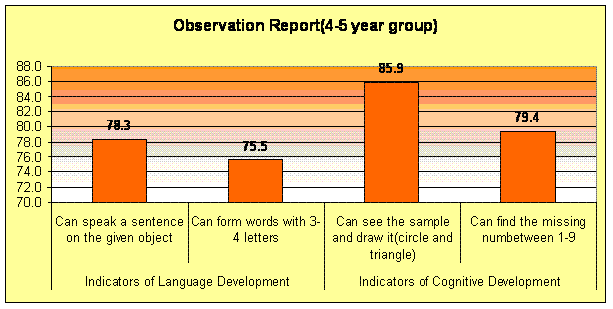Speech Therapists Rave About These Tools for Speech Therapy
It’s that time of year again: As soon as my skin starts to feel lizard-like and shriveled in the cold weather, I know it’s time to start making lists of ideas for holiday gifts. Not to mention stocking up on heavy-duty moisturizers. When you’re a parent, killing two birds with one stone is a great way to make the holidays easier on your budget. Fun educational gifts like tools for speech therapy will seem just like toys to your kids, but you can feel satisfied that the youngsters are learning something at the same time. It’s a technique that speech-language pathologists (SLPs) use all the time. Speech therapy sessions often seem just like playtime. But while your child is playing pirates or princesses with the speech therapist, he or she is also working on his narration skills, sentence formation, articulation, and vocab acquisition. Consult your child’s speech therapist for ideas on tools for speech therapy to use at home. She can offer ideas that are customized to your child’s specific speech disorder and needs.
Sensory Feedback & Stimulation
Sensory feedback and sensory stimulation are key components of a speech therapy program. Many children have difficulty tempering their vocal productions because they do not fully process them. In other words, if your child has trouble making the “r” sound, he must first learn the difference between the correct pronunciation of “r” and the way in which he is articulating it. Tatyana Elleseff, CCC-SLP, noted that a 2003 study lauded the benefits of multisensory stimulation for development in very young children. Many tools for speech therapy provide sensory feedback and stimulation.
Speech Buddies
Speech Buddies provide tactile feedback. By placing a Speech Buddy in your child’s mouth, he will have a target for the placement of his tongue as he articulates specific sounds. Kids, parents, and speech therapists alike have raved about how easy and fun it is to use Speech Buddies, and how quickly progress is evident.
Mirrors
Mirrors provide visual feedback. Have your child watch himself in a mirror as he pronounces certain sounds, or have him watch your mouth as you speak.
Microphones
Kids love to sing. A karaoke microphone capable of recording and playing back sounds makes a great educational gift. Your child can sing or speak into the microphone (encourage him to vocalize his target sounds) and hear how well he does.
Sandboxes Revamped
Chances are, your youngster loves to explore and stick his hands in odd places. There’s a good reason why the cookie jar was invented – it’s fun to pull out a delicious surprise. Instead of the classic sandbox, try using a rice box for sensory stimulation. Pour rice into a shoebox until it is several inches deep. Hide little toys within the rice. Try to include a diversity of objects with various colors, shapes, and textures. Have your child plunge his hands into the rice and pull out objects one at a time. Exclaim loudly as your child unearths each object, “Wow! That’s a…” The youngster should be encouraged to fill in the blank. After naming the object, he can describe its texture, color, and shape, and then discuss what it might be used for.
Arts & Crafts
Arts and crafts also make great tools for speech therapy. Not only do they encourage visual processing skills, but they can also stimulate the development of speech and language – both receptive and expressive. Provide your child with an assortment of arts and crafts materials (construction paper, crayons, glue, glitter, macaroni pieces, dried flowers etc.) and either allow him to direct his own art or give him directions. For example, instruct him to, “Place the yellow flower on the red paper and draw an outline of it with your brown crayon.”
This not only reinforces the concept of colors, it also develops your child’s ability to remember and follow directions. As well, discuss what your child is doing as he does it to teach vocabulary and sentence formation. Ask your child questions about his artwork to stimulate his expressive language skills.
Pretend Play
Costumes
Halloween isn’t the only time of year to play dress-up. This holiday season, consider expanding your child’s toy chest with a selection of costumes. Use pretend play to build your child’s storytelling skills, vocabulary, and sentence formation. If your child hesitates to verbalize his thoughts, prompt him by asking him questions about his costume or the character he is protraying. For example, ask, “What kind of animal does a cowboy ride?” or “Where do princesses live?”
Other Pretend Play Items
Pretend play items could also include toy cars, toy people, and similar objects. With a toy person, describe what actions might be taken and ask your child to do the same. For example, say, “My person’s name is Joe. Joe is going to the pet store to look at the puppies. There is a cute brown puppy and a black puppy. The puppies have soft, shiny fur.” Encourage your child to develop stories about the toy people.



